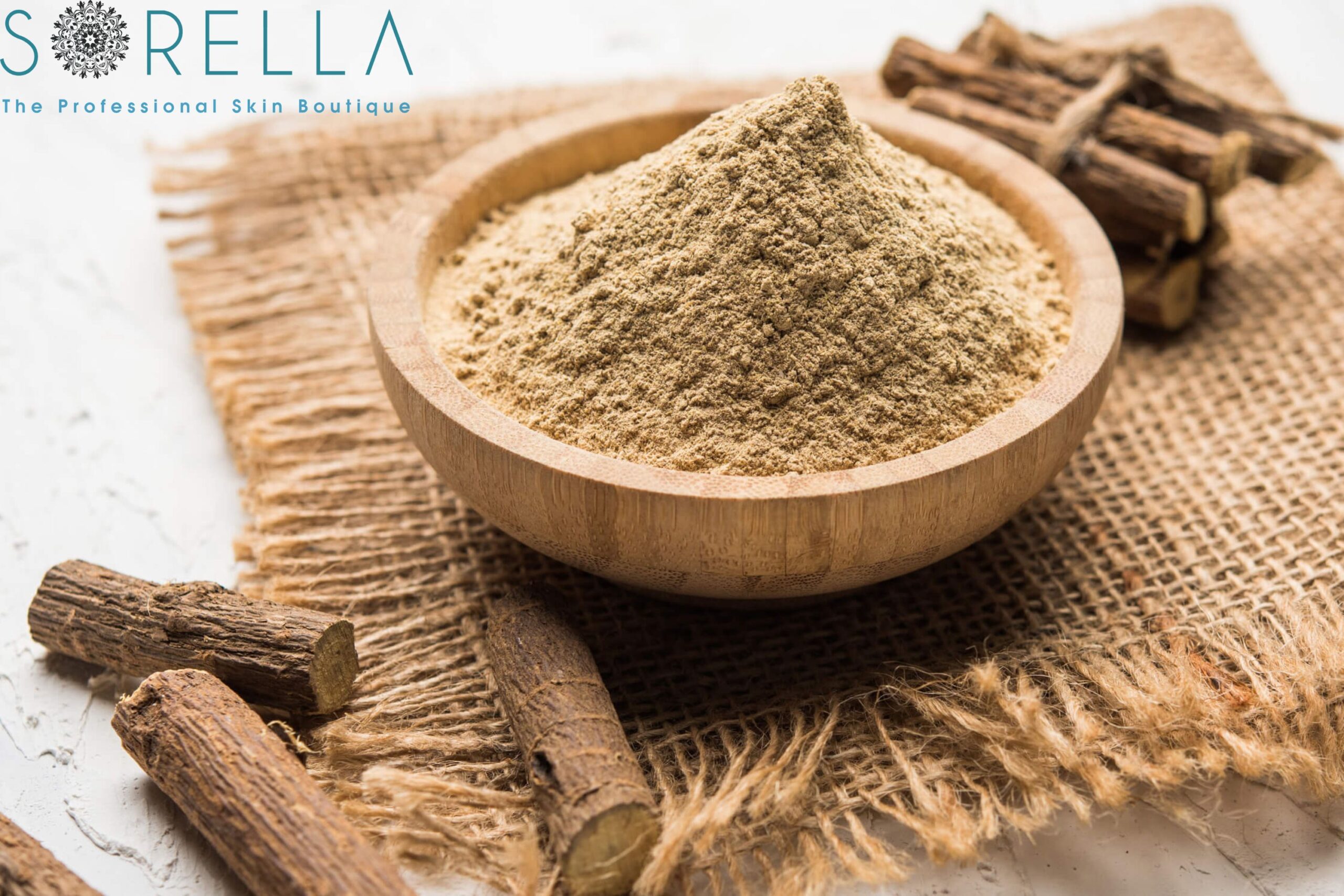bí quyết làm đẹp
Hydroquinone do-don’t and 5 alternatives
Hydroquinone is often likened to the LeBron James of skin care due to its controversial yet effective nature. By properly integrating this skin lightener into your skincare routine, it can reduce melanin production by inhibiting tyrosinase, an enzyme crucial for melanin synthesis.
As a result, hydroquinone is widely regarded as a skin-bleaching component. As too good to be true, hydroquinone does have side effects, and in this article, Sorella will share some information about “Hydroquinone do-don’t and 5 alternatives”.
Contents
What is Hydroquinone?
Hydroquinone is a compound utilized for brightening areas of the skin that are affected by hyperpigmentation, melasma, age spots, or freckles. These skin conditions can be caused by factors such as pregnancy, the use of birth control pills, hormonal changes, or physical injury.
According to many studies, hydroquinone is quite safe and can be used on all skin, however, there are still a few side effects that can occur. Hydroquinone can come in gel, lotion, cream, or emulsion form. According to the FDA, it would be safe to use the chemical rawly or as an over-the-counter medication in concentrations of 2%.
How to use Hydroquinone?
It is best to follow the doctor’s advice and guidance on the product package. To minimize the damage and avoid any serious side effects that can occur to your skin, apply a small amount of the product or medicine to an area of unbroken skin, then wait for 24 hours to see if there are any side effects. You will need to stop using the product and contact your doctor if the test area is itching, puffy, blistering, or red. But it would be fine to start the treatment with the product if the skin only appears mild redness.
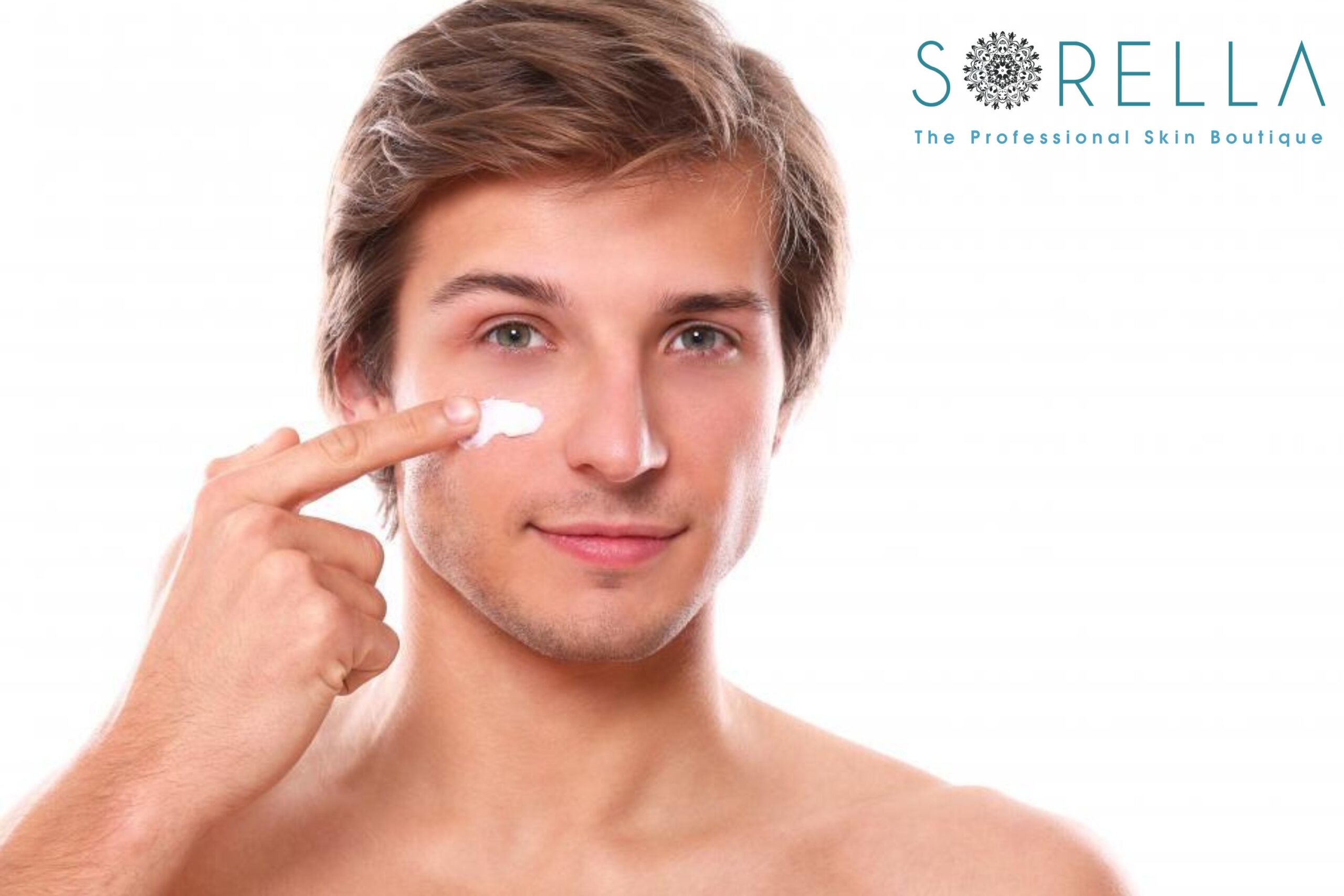
Administer this medication to the affected regions of the skin, typically two times a day or as instructed by your physician. This medication is intended solely for topical use. Incorrect usage may result in undesired skin lightening. Refrain from getting this product in contact with your eyes, inside your nose, or in your mouth. If this medication does come into contact with those areas, rinse thoroughly with an ample amount of water.
Please be aware that this medication may heighten the sensitivity of the treated areas of your skin to sunlight. Avoid prolonged exposure to the sun, tanning beds, and sunlamps. Apply sunscreen and wear protective clothing on the treated areas of your skin when outdoors.
Consistently utilize this medication to maximize its benefits. To aid in remembering, apply it at the same times each day.
Hydroquinone’s effects
Hydroquinone functions as a skin brightener by reducing the number of melanocytes, resulting in a bleaching effect. Typically, it requires a minimum of 4 weeks for the medication to take effect, and several months of consistent usage are necessary to observe noticeable changes on the skin.
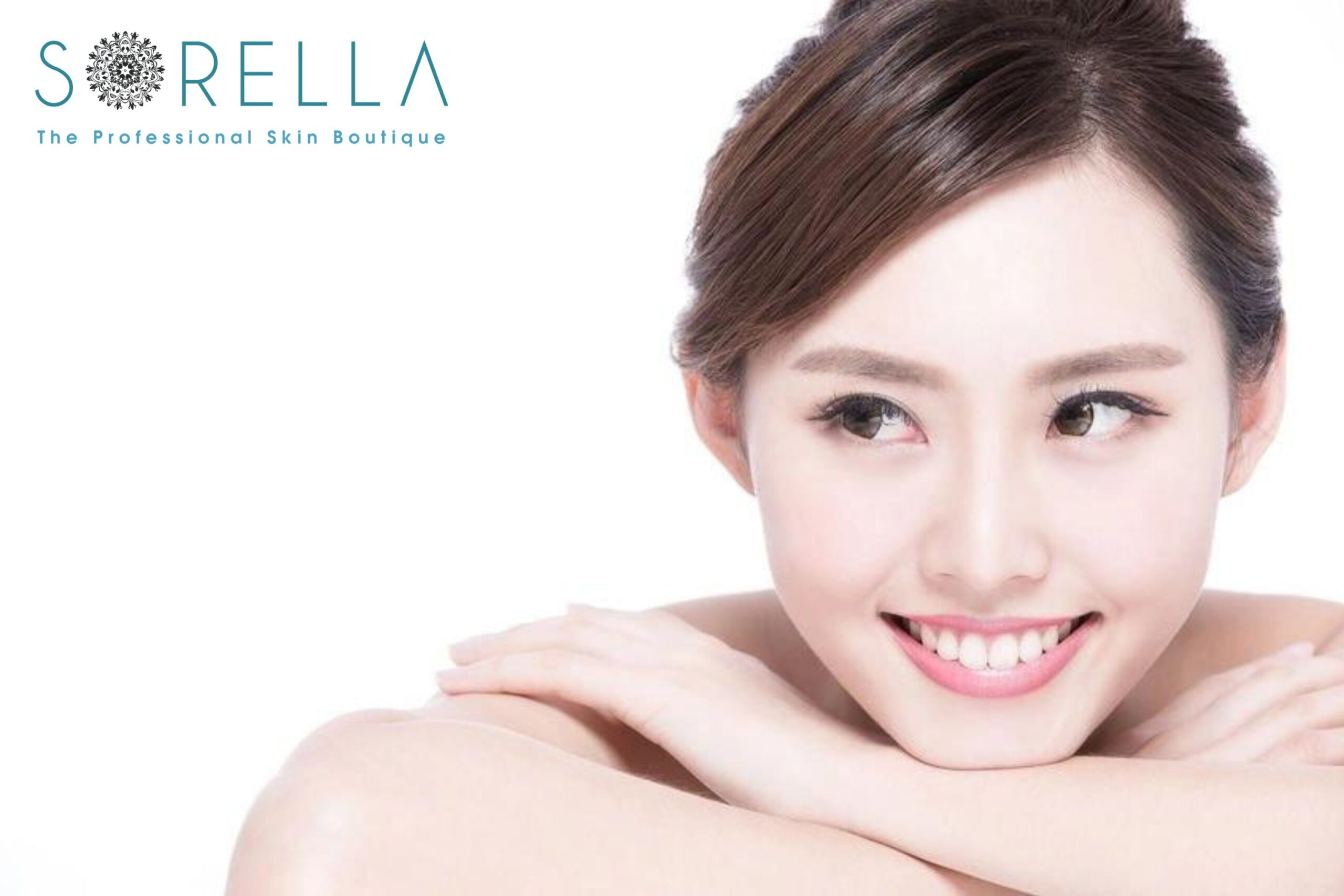
However, if there is no evident improvement after approximately 3 months of use, it is advisable to discontinue hydroquinone and seek advice from a healthcare professional regarding an alternative medication. Hydroquinone may be suitable for treating certain skin conditions such as acne scars, age spots, freckles, melasma, and post-inflammatory conditions caused by psoriasis or eczema.
Hydroquinone do-don’t and 5 alternatives
DO consult your dermatologist first
Before adding hydroquinone to your skincare regimen, consult your dermatologist to determine if it is suitable for your skin tone and complexion issues. While it is compatible with all skin types, Dr. Turegano advises against using this ingredient for individuals with dry and sensitive skin due to potential irritation.
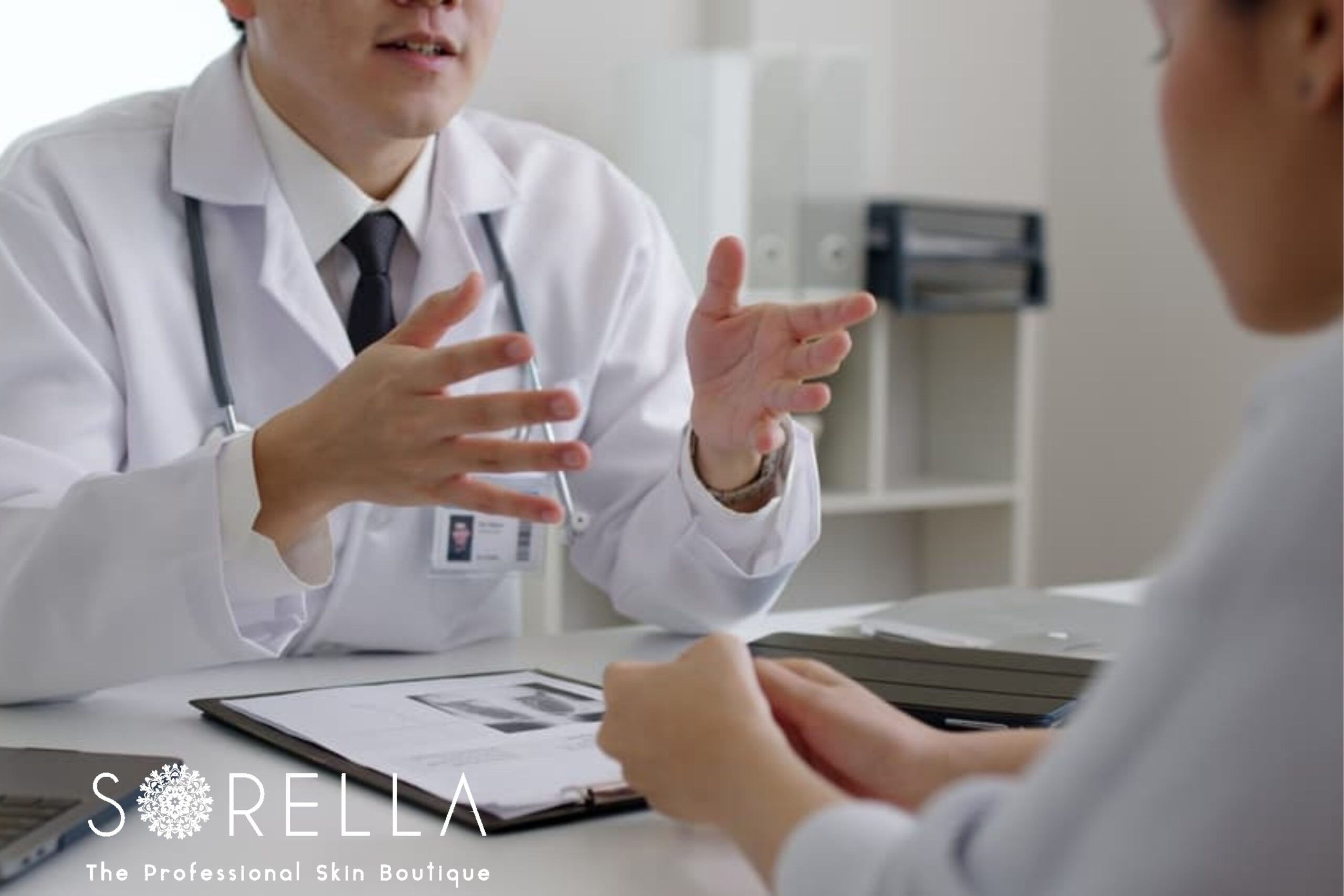
Additionally, she recommends caution for individuals with deeper skin tones incorporating hydroquinone into their skincare routines, as they have a higher risk of exogenous ochronosis compared to those with fairer complexions. In such cases, hydroquinone can still be an option, but careful supervision and monitoring are essential.
DON’T use for inflammatory skin treatment
Hydroquinone is effective in fading red or brown spots on the skin, but it is not recommended for treating inflammatory skin conditions. While generally safe and well-absorbed, hydroquinone may not be suitable for dry or sensitive skin types. In such cases, initial dryness and irritation may occur, but these effects can diminish as the skin adjusts to the product.
It is advisable to introduce the product gradually to allow the skin to acclimate to the active ingredients. Individuals with normal or oily skin are less likely to experience these side effects. Studies suggest that hydroquinone is most effective on fair skin, so those with medium to dark skin tones should seek medical advice before use to prevent potential skin irritation and hyperpigmentation.
Alternatives
If you are afraid that hydroquinone products may do damage to your skin, Sorella can provide a product that can work the same as hydroquinone but is much safer for the skin. BRIGHTENING CREAM is a product that has main ingredients such as Asyntra, A-Arbutin, Vitamin C, and Astragalus extract to help balance melanin production and create an even skin tone. Not only does it inhibit the formation of new melasma, but it also eliminates existing pigmentation disorders.
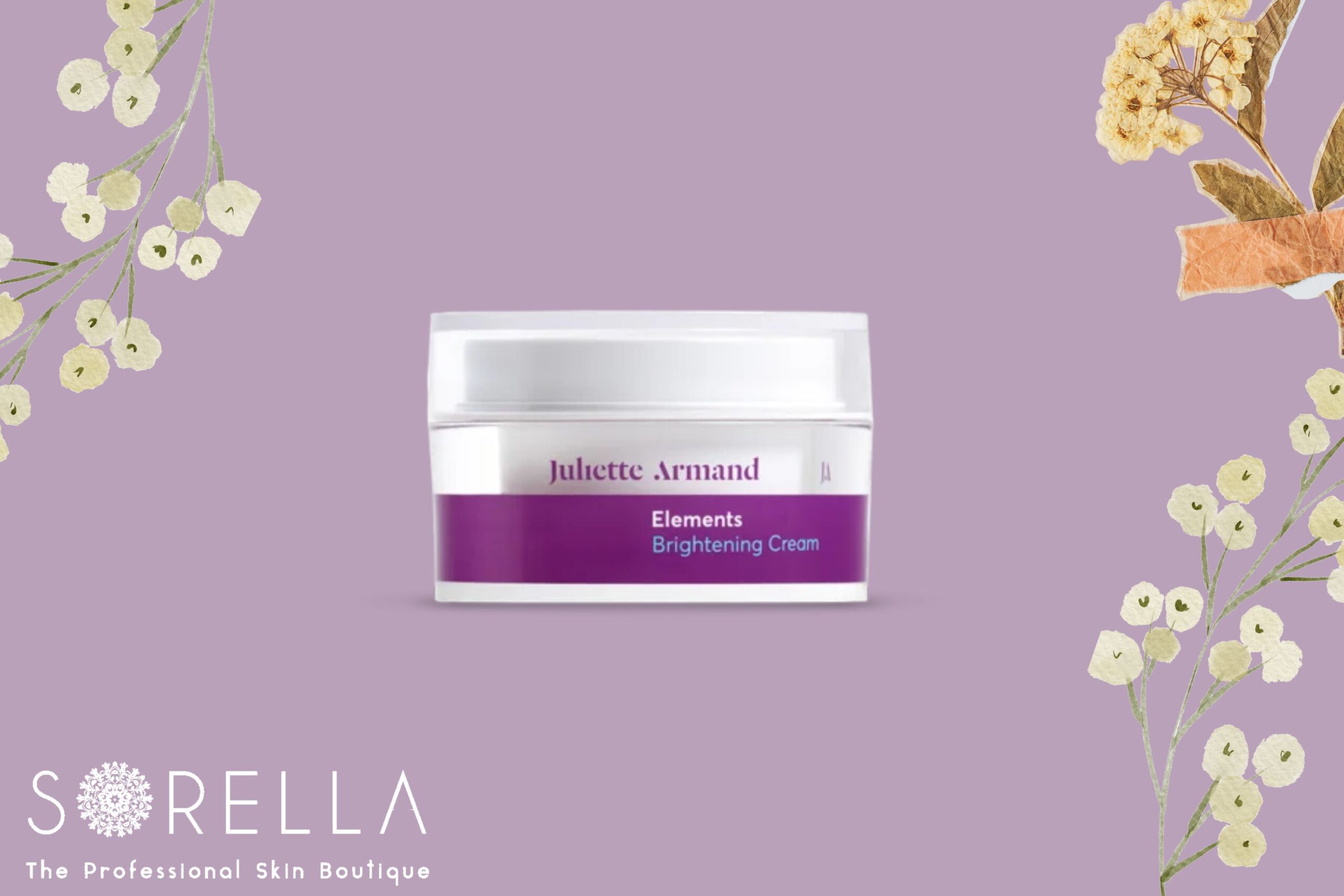
The product has a sun protection index of SPF 10 to protect the skin from solar radiation and can also moisturize your skin. Customers can use the product in both daytime and nighttime, make sure to apply the product to the treatment area and massage gently until the cream has been fully absorbed.
Aside from the product above, you can also try some natural ingredients
Licorice
Licorice root contains two ingredients that help treat melasma: glabridin and liquiritin. Glabridin helps inhibit tyrosinase, an enzyme that produces melanin that causes melasma. Liquiritin helps break down and remove melanin and pigments on the skin.
In addition to helping fade dark spots, licorice can soothe and help even out your skin tone. Licorice is found in serum products and used daily for best results.
Kojic Acid is a natural substance derived from mushrooms, a product of fermentation, and is the second most popular natural lightener after hydroquinone. Kojic acid inhibits melanin production and penetrates the upper layers of the skin, helping to brighten the skin.
You can find kojic acid in serums and melasma creams. However, it can cause some side effects such as skin redness and irritation. Always use a low concentration (1%) and test the product on your skin before use.
Mulberry extract
Mulberry extract, originating from the mulberry tree, is a potent natural brightening agent containing compounds extracted from roots and stems that can effectively inhibit tyrosinase. Research indicates that mulberry extract rivals the potency of kojic acid. For individuals with skin sensitivities or intolerance to kojic acid, mulberry extract may be a gentler alternative that typically does not irritate.
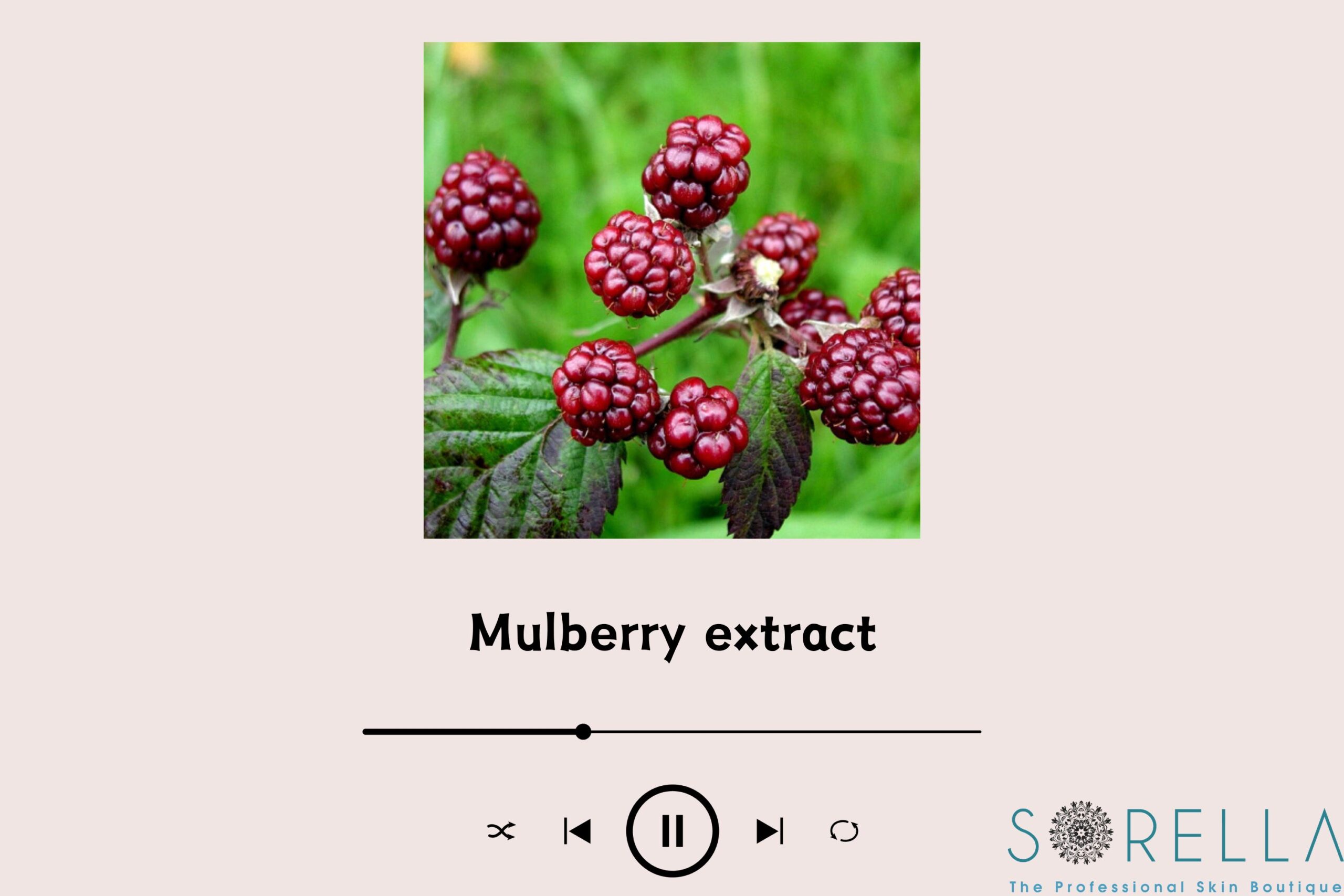
Vitamin C
Vitamin C is another popular brightening agent found in many skin-brightening serums. Vitamin C is an excellent antioxidant that is beneficial for patients with hyperpigmentation. It works by lightening hyperpigmented spots on the skin but does not lighten the entire skin. Vitamin C helps create shiny, healthy skin.
Avoid using vitamin C if you are allergic or have sensitive skin as it can cause redness, irritation, and itching.
White willow bark extract
White willow bark extract is a BHA that assists in skin exfoliation and boosting cell turnover. It contains salicin, a natural version of salicylic acid, which aids in eliminating dead skin cells and allowing fresh, healthy skin cells to emerge. White willow bark extract can be found in various topical products, serums, and exfoliants. Daily use is suitable for some topical products, while exfoliants are recommended for once or twice-a-week application.
Tư vấn chuyên môn bài viết:
TS.BÁC SĨ NGUYỄN HỮU QUANG
Should you use stem cells or collagen for the Lip Spray Process? 4 things that you should know
The Finest Nail Trends 2023? Find out what to anticipate this year in the world of nail art!
A Step-by-Step Guide to Eyelash Extensions 2023
6 Simple Ways to Remove Nail Polish
The Real Difference Between Hot and Cold Waxing for Hair Removal 2023
- DETOX ACNE TREATMENT for INFLAMED PORES at SORELLA BEAUTY & SPA: Essential 5+ Steps
- 50 common Vietnamese phrases to use on daily basis
- 9 retinol combo that should and shouldn’t be used
- Details of PREMIUM ACNE CLEAR facial care service of Sorella Beauty & Spa
- 8+ Must-Try Experiences in Vietnam for an Unforgettable Journey


 Tiếng Việt
Tiếng Việt 中文 (中国)
中文 (中国) 한국어
한국어